Meeting about Afghanistan in the UPF Location in Vienna in the presence of the Organisation President Peter Haider.
The quest for peace in Afghanistan is a topic that has garnered international attention for decades. The ongoing conflict, primarily involving the Taliban and other insurgent groups, has left the nation in a state of continuous turmoil. Despite numerous efforts, achieving a sustainable and comprehensive peace remains an elusive goal. This blog post aims to delve into the multifaceted perspectives and practical approaches necessary for attaining lasting peace in Afghanistan.
Highlighting the complexity of the conflict, the role of various stakeholders, and the myriad of challenges that have emerged over the years, this post seeks to provide a thorough understanding of the situation. The involvement of the Taliban, with their evolving political and military strategies, is a crucial element in any discussion about peace in Afghanistan. The group’s influence and control over significant parts of the country make their inclusion in peace talks indispensable.
Moreover, the importance of finding a lasting solution cannot be overstated. The impact of the conflict on Afghan society, including the displacement of millions, the destruction of infrastructure, and the stunted socio-economic development, underscores the urgency of achieving peace. It is not merely a matter of ending violence but also of fostering stability and growth for future generations.
In this context, Mr. Miakhel’s role is pivotal. He brings a wealth of knowledge and experience, presenting diverse viewpoints that challenge prevailing assumptions about the peace process. His insights will help in understanding the broader implications of various peace initiatives and the practical steps needed to move forward. By examining these comprehensive and practical perspectives, we hope to contribute meaningfully to the discourse on achieving peace in Afghanistan.
The Role of the Taliban in the Peace Process
The Taliban, originating in the early 1990s, have been a significant force in Afghanistan’s socio-political landscape. Emerging from the chaos of post-Soviet Afghanistan, the group established a regime marked by strict interpretations of Islamic law, which held power from 1996 until 2001. Following the US-led invasion, the Taliban transformed from a ruling government to an insurgent group, perpetuating conflict and instability within the country. Understanding the Taliban’s historical and ongoing influence is crucial for comprehending their role in the peace process.
The Taliban’s impact on peace negotiations is multifaceted. On one hand, their persistent insurgency has been a primary driver of violence, undermining efforts to establish a stable and peaceful Afghan state. On the other hand, their involvement in peace talks signifies a potential path towards conflict resolution. The group’s demands typically focus on the withdrawal of foreign troops, the release of prisoners, and the establishment of an Islamic government. These demands reflect their vision of governance, which contrasts sharply with the democratic principles promoted by the current Afghan government and its international allies.
The Taliban’s governance style is characterized by strict adherence to their interpretation of Sharia law. This has raised concerns about human rights, particularly regarding women and minorities. Their rule in the 1990s was marked by severe restrictions on freedoms and brutal punishments for dissent. Despite claims of reformed policies, skepticism remains about their commitment to upholding basic human rights in any future governance role.
The relationship between the Taliban and other groups, both domestic and foreign, further complicates the peace process. Domestically, they have engaged in both conflict and negotiation with various Afghan factions. Internationally, their connections with foreign powers, such as Pakistan, and their complex relationship with global jihadist networks like Al-Qaeda, add layers of geopolitical intrigue to the peace negotiations.
Achieving peace in Afghanistan necessitates a nuanced understanding of the Taliban’s role. While their participation in the peace process is essential for a comprehensive resolution, it poses significant challenges. Balancing their demands with the needs of a diverse Afghan population and the interests of international stakeholders is a delicate task, pivotal for the future stability of the region.
Scenarios Without the Taliban: Is Peace Possible?
Achieving peace in Afghanistan without the involvement of the Taliban presents a complex and challenging scenario. The primary strategy focuses on strengthening the Afghan government, which requires a multi-faceted approach. This includes enhancing the administrative efficiency, transparency, and legitimacy of the government. Building a robust political framework that can effectively address the needs and grievances of the Afghan population is paramount. The government must engage in widespread reforms to gain the trust and support of its citizens.
Another critical component is the enhancement of Afghan security forces. Developing a well-trained and adequately equipped military and police force is essential to maintain internal security and protect against insurgent activities. International support, both in terms of training and resources, can play a significant role in bolstering the capabilities of these forces. This step is crucial to ensure that the government can independently manage security challenges without relying heavily on foreign military intervention.
Fostering alliances with anti-Taliban groups also forms a key part of this strategy. These groups, which have a vested interest in the stability and peace of Afghanistan, can provide valuable local intelligence and support. By collaborating with these groups, the Afghan government can create a united front against the Taliban, reducing their influence and operational capabilities. However, it is essential that these alliances are managed carefully to avoid exacerbating existing ethnic and political tensions.
Despite these strategies, several potential challenges and risks must be considered when excluding the Taliban from the peace process. The Taliban’s deep-rooted presence and influence in various regions of Afghanistan make it difficult to completely eliminate their impact. Additionally, the possibility of increased violence and insurgent activities as a reaction to their exclusion cannot be ignored. There is also the risk of alienating segments of the population who may sympathize with or support the Taliban, leading to further internal conflict.
In conclusion, while it is theoretically possible to achieve peace in Afghanistan without involving the Taliban, the path is fraught with significant challenges. A comprehensive and inclusive approach, addressing the multifaceted nature of the conflict, is essential for any sustainable peace effort.
Strategies for Peace: Inclusive Approaches
Achieving peace in Afghanistan requires a multifaceted approach that prioritizes the inclusion of all stakeholders. Inclusive strategies are essential in addressing the complex socio-political dynamics of the region. By ensuring that marginalized groups, women, and ethnic minorities are actively involved in the peace process, we can create a more sustainable and equitable peace.
One of the fundamental benefits of inclusivity is the enhancement of legitimacy in the peace process. When diverse voices are heard and respected, it fosters a sense of ownership among the participants, which is crucial for the successful implementation of peace agreements. Marginalized groups often possess unique insights and perspectives that can contribute to a more comprehensive understanding of the root causes of conflict and the development of effective solutions.
Involving women in the peace process is particularly vital. Studies have shown that peace agreements are more likely to last when women are involved in the negotiations. Women bring different priorities and solutions to the table, often focusing on community welfare, education, and healthcare, which are critical for long-term stability. Moreover, their participation helps to challenge the traditional power structures that have perpetuated inequality and conflict.
Similarly, ethnic minorities must be given a platform to voice their concerns and aspirations. Afghanistan is home to a diverse population with varying cultural and historical backgrounds. Recognizing and addressing the specific needs of these groups can help to reduce grievances and build trust. Strategies such as power-sharing arrangements, decentralized governance, and cultural autonomy can be explored to accommodate the interests of different ethnic communities.
To ensure that these inclusive approaches are effective, it is essential to establish mechanisms for genuine participation. This can include setting up advisory councils, conducting widespread consultations, and creating safe spaces for dialogue. International actors can also play a supportive role by facilitating these processes and providing technical assistance where needed.
Ultimately, the success of peace initiatives in Afghanistan hinges on the commitment to inclusivity. By embracing diverse perspectives and promoting equal participation, we can build a foundation for lasting peace and stability in the region.
Human Rights and Democratic Principles in the Peace Process
Integrating human rights and democratic principles into the peace process is crucial for achieving a sustainable peace in Afghanistan. These values form the bedrock of a just and equitable society, ensuring that all citizens, irrespective of their background, enjoy fundamental freedoms and protections. The inclusion of human rights in peace negotiations serves not only as a moral imperative but also as a practical necessity. It helps build trust among diverse factions and lays the groundwork for a stable and inclusive political system.
However, embedding these principles in the peace process in Afghanistan presents considerable challenges. The country’s long history of conflict and instability has deeply affected its social and political fabric, making the promotion of human rights and democracy a complex task. One significant challenge is the existing power dynamics, where various groups may resist reforms that threaten their influence. Furthermore, the prevalence of conservative social norms can impede the acceptance of universal human rights, especially concerning gender equality and minority rights.
Despite these challenges, the importance of upholding human rights and democratic principles cannot be overstated. Protecting human rights ensures that the peace process does not merely serve the interests of a few but benefits the broader population. It also addresses grievances that may otherwise perpetuate cycles of violence. For instance, ensuring freedom of expression and assembly can empower civil society and foster a culture of accountability and transparency.
Promoting democracy is equally vital. A democratic framework provides mechanisms for peaceful conflict resolution and governance. It enables the participation of citizens in decision-making processes, thereby enhancing the legitimacy and resilience of political institutions. In Afghanistan, fostering democratic principles can help bridge ethnic and sectarian divides by creating a common platform for all groups to voice their concerns and aspirations.
Ultimately, the integration of human rights and democratic principles into the Afghan peace process is essential for building a lasting peace. While the path is fraught with challenges, these values are indispensable for ensuring that the peace achieved is both just and enduring.
Anti-Taliban Groups and Their Influence
The landscape of anti-Taliban groups in Afghanistan comprises a myriad of factions, each with distinct objectives and strategies. Among these groups, those emerging from the Vienna Conference hold particular significance. The conference, which brought together various stakeholders, aimed to foster dialogue and collaborative efforts toward peace. These groups share a common goal of establishing a stable and peaceful Afghanistan, albeit through diverse means and methodologies.
One of the primary objectives of these anti-Taliban factions is to counteract the influence and control of the Taliban over Afghan territories. Strategies employed by these groups range from political negotiations and advocacy to more direct military engagements. The groups advocate for a democratic and inclusive governance system that respects human rights and the rule of law, offering an alternative to the Taliban’s rigid and often draconian regime.
The influence of these anti-Taliban groups on the peace process cannot be understated. Their presence on the ground, coupled with their international connections, enables them to act as significant stakeholders in negotiations. By presenting a united front, these factions can exert pressure on both the Taliban and the Afghan government to reach a compromise that benefits the broader population. Additionally, their involvement ensures that the voices of various ethnic and political groups are represented in the peace talks, contributing to a more comprehensive and enduring resolution.
Potential collaboration with these groups is pivotal for achieving peace in Afghanistan. Collaborative efforts could include joint operations against extremist factions, coordinated humanitarian aid, and unified political strategies. By leveraging the strengths and networks of these anti-Taliban factions, the peace process can gain momentum and legitimacy, paving the way for a stable and prosperous Afghanistan.
In essence, the role of anti-Taliban groups is crucial in the quest for peace. Their diverse approaches and unwavering commitment to a democratic Afghanistan provide a counterbalance to the Taliban’s influence, thereby playing an indispensable role in the nation’s journey toward enduring peace.
Complexities of the Peace Process: Challenges and Opportunities
The peace process in Afghanistan is characterized by a profound complexity, shaped by a myriad of interwoven factors. The multifaceted nature of the conflict arises from historical grievances, ethnic diversities, and socio-political dynamics. These elements converge to form a challenging landscape where achieving a sustainable peace necessitates a nuanced and comprehensive approach.
One of the primary challenges lies in the diversity of stakeholders involved. The Afghan government, various insurgent groups, tribal leaders, and civil society organizations each hold distinct perspectives and interests. The Taliban, being a significant belligerent force, demands particular attention due to their longstanding opposition and substantial influence on the ground. Reaching a consensus among these varied entities is a daunting task, often compounded by mutual distrust and conflicting agendas.
External influences further complicate the peace process. Regional powers such as Pakistan, Iran, and India, alongside global actors like the United States and Russia, play pivotal roles in shaping the conflict’s dynamics. Their geopolitical interests and strategic objectives often intersect and conflict, adding layers of complexity to the already intricate peace negotiations. These external actors can either facilitate dialogue and cooperation or exacerbate tensions, depending on their policies and actions.
Despite these substantial challenges, there are significant opportunities for progress. The international community’s sustained commitment to supporting peace initiatives and the increasing willingness of stakeholders to engage in dialogue present hopeful prospects. Initiatives aimed at fostering inclusive governance, promoting economic development, and ensuring human rights can build a foundation for lasting peace. Furthermore, leveraging traditional conflict resolution mechanisms and integrating local voices into the peace process can enhance its legitimacy and sustainability.
Addressing the obstacles to peace in Afghanistan requires a holistic strategy that acknowledges the conflict’s complexity. It necessitates a concerted effort from all stakeholders, both internal and external, to navigate the intricate landscape and capitalize on opportunities for peace. Through persistent and inclusive dialogues, coupled with targeted development efforts, the peace process can gradually overcome its challenges and pave the way towards a stable and prosperous Afghanistan.
Conclusion: Pathways to a Peaceful Afghanistan
In the quest for achieving peace in Afghanistan, it is imperative to recognize the intricate tapestry of perspectives and strategies that can foster a sustainable and harmonious environment. The multifaceted nature of the conflict necessitates a comprehensive approach, one that integrates the political, social, and economic dimensions into a cohesive framework. Understanding and respecting the diverse viewpoints within Afghan society, including those of ethnic minorities, women, and youth, is essential for constructing a foundation of mutual trust and cooperation.
Furthermore, the adherence to democratic principles and the protection of human rights stand as cornerstones in the peacebuilding process. Ensuring that all segments of society have a voice in the political dialogue can help bridge divides and promote inclusivity. The international community’s role in supporting these democratic institutions and human rights frameworks cannot be understated, as their involvement adds a layer of accountability and legitimacy to the efforts underway.
The path to peace in Afghanistan is undeniably challenging, but it is not insurmountable. By fostering an environment of collaboration among local, national, and international stakeholders, a roadmap can be developed that addresses the root causes of conflict while promoting economic development and social cohesion. Innovations in governance, education, and healthcare can serve as catalysts for change, enabling the Afghan people to envision and work towards a peaceful future.
Though the journey is fraught with complexities, the potential for achieving lasting peace in Afghanistan remains within reach. By embracing a holistic and inclusive approach that honors the principles of democracy and human rights, and by encouraging active participation from all sectors of society, the dream of a peaceful Afghanistan can become a reality. The resilience and determination of the Afghan people, coupled with sustained support from the global community, will be pivotal in navigating the path towards enduring peace and stability.

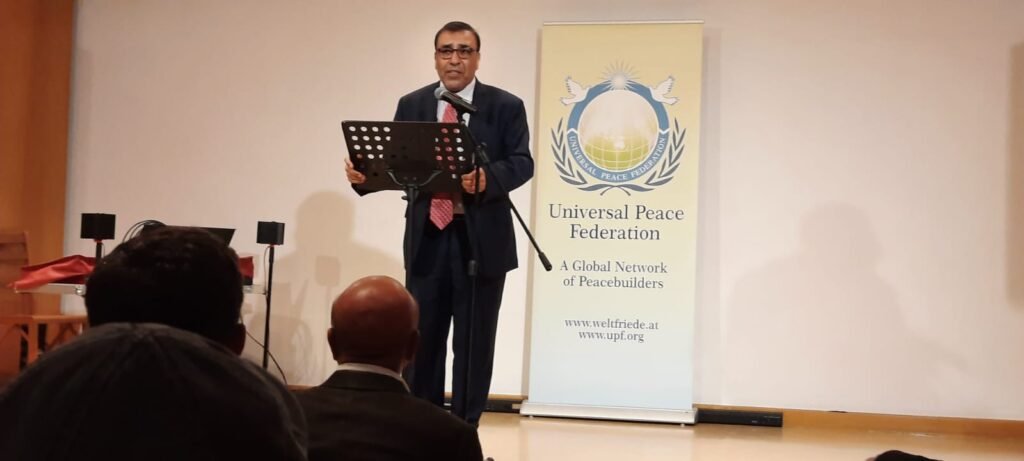
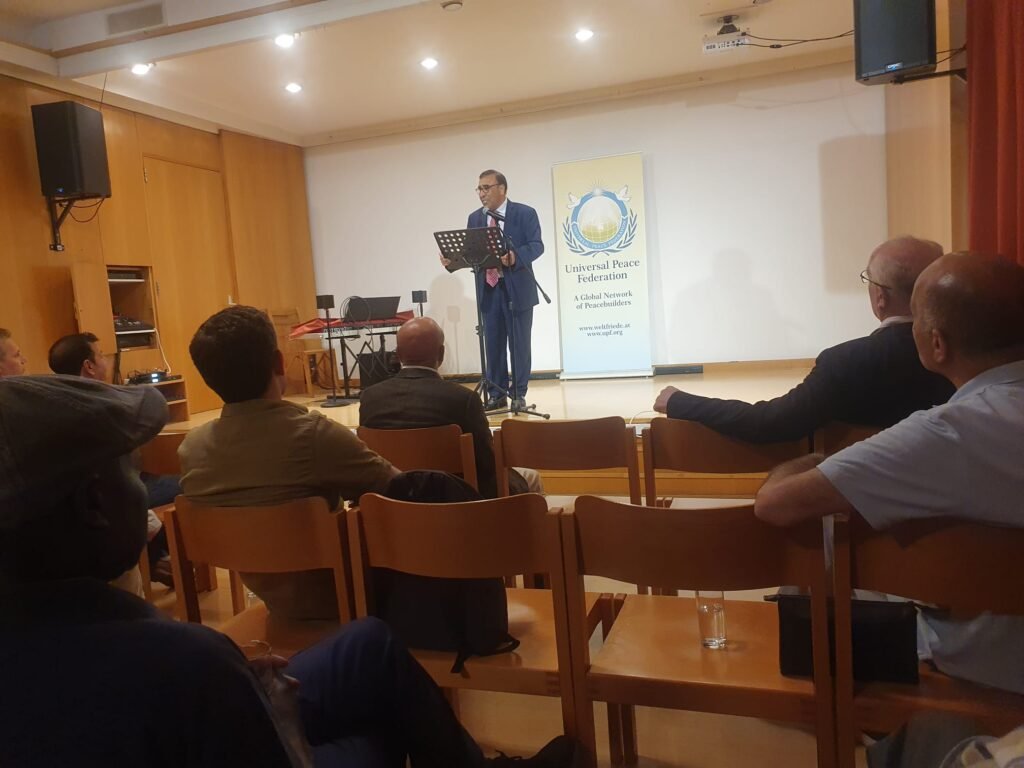
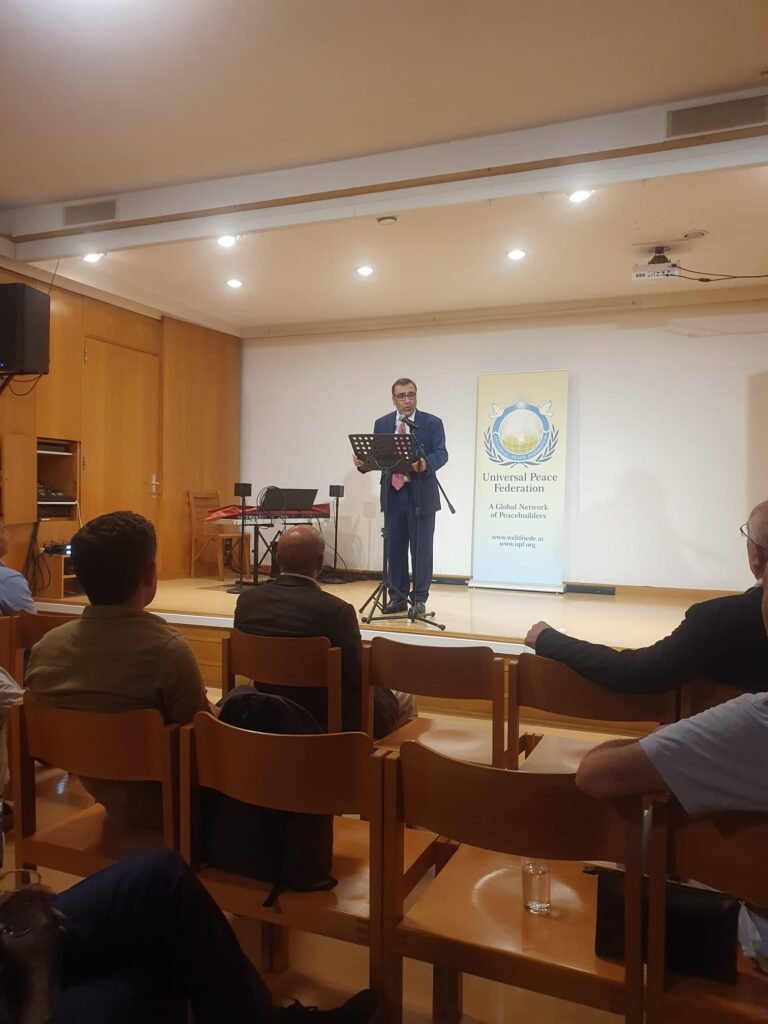
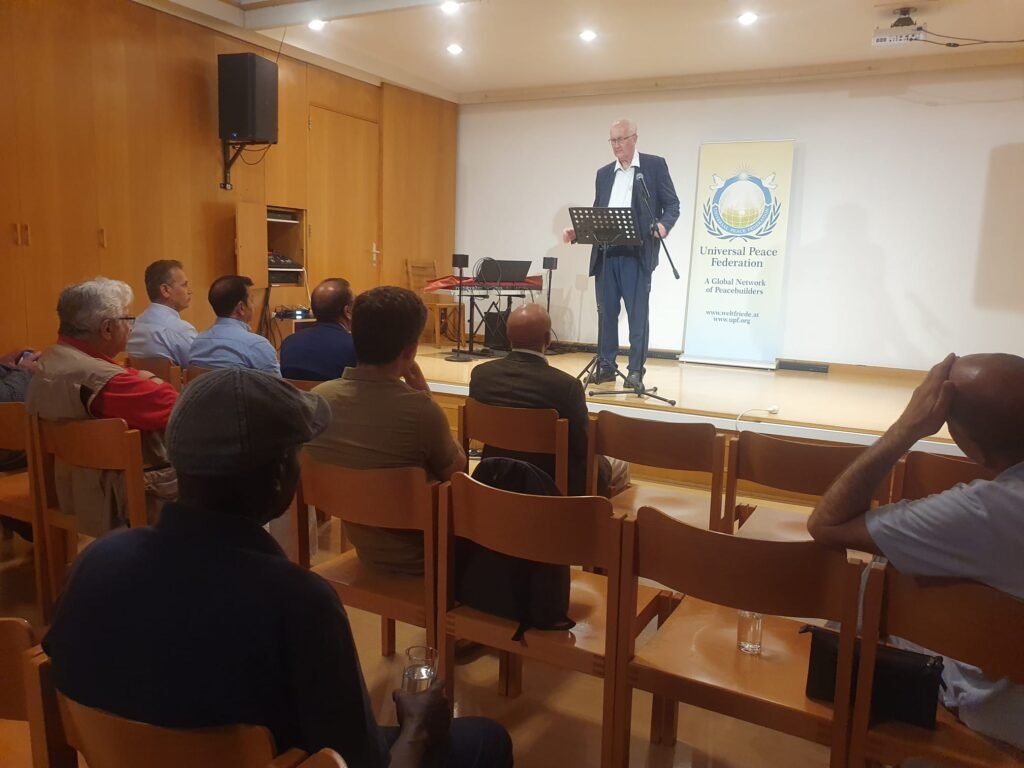
Frequently Asked Questions
I’d have to examine with you here. Which is not one thing I usually do! I take pleasure in reading a post that may make folks think. Additionally, thanks for permitting me to comment!

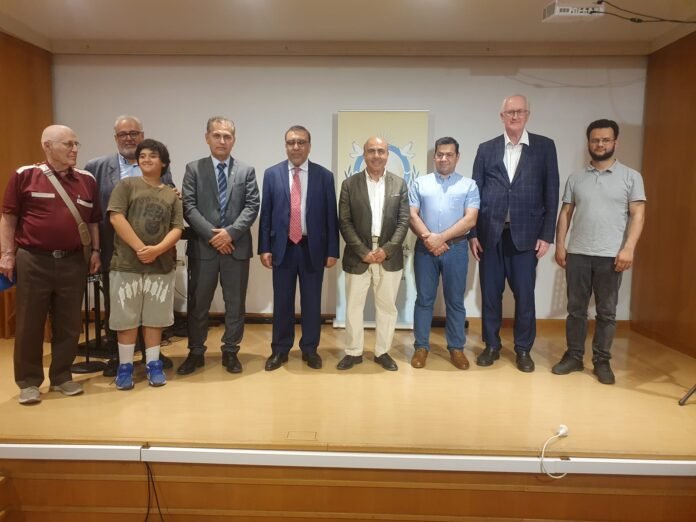

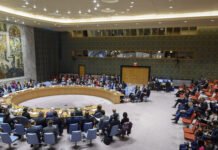
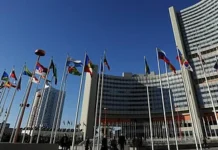
Howdy would you mind stating which blog platform you’re using? I’m looking to start my own blog in the near future but I’m having a tough time deciding between BlogEngine/Wordpress/B2evolution and Drupal. The reason I ask is because your design seems different then most blogs and I’m looking for something unique. P.S Sorry for getting off-topic but I had to ask!
I conceive you have noted some very interesting points, thankyou for the post.
I love it when people come together and share opinions, great blog, keep it up.
Excellent read, I just passed this onto a friend who was doing a little research on that. And he actually bought me lunch as I found it for him smile Therefore let me rephrase that: Thanks for lunch!
Thank you for the sensible critique. Me and my neighbor were just preparing to do a little research about this. We got a grab a book from our local library but I think I learned more clear from this post. I am very glad to see such excellent info being shared freely out there.
I get pleasure from, lead to I discovered just what I used to be taking a look for. You have ended my four day long hunt! God Bless you man. Have a nice day. Bye
You are a very bright person!
This is very interesting, You’re a very skilled blogger. I’ve joined your rss feed and look forward to seeking more of your magnificent post. Also, I have shared your web site in my social networks!
I’d must verify with you here. Which isn’t one thing I usually do! I get pleasure from reading a post that may make individuals think. Also, thanks for allowing me to remark!
I’d have to examine with you here. Which is not one thing I usually do! I take pleasure in reading a post that may make folks think. Additionally, thanks for permitting me to comment!